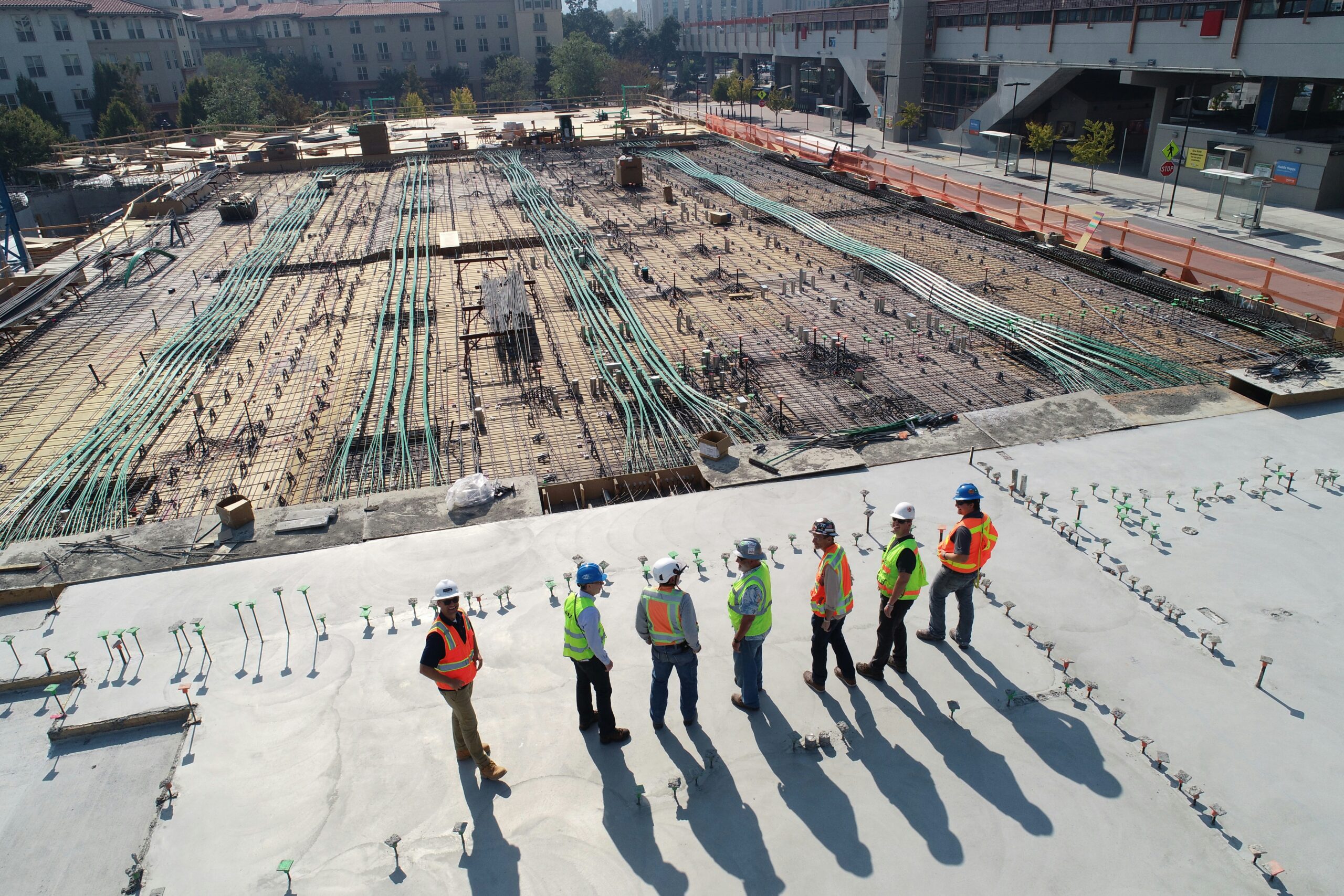Purdue University has developed an innovative method to determine when freshly poured concrete is mature enough to sustain heavy loads, such as trucks and similarly classed vehicles. The solution could accelerate construction and increase the long-term durability of highways, bridges and other forms of transportation infrastructure.
The Purdue University method incorporates sensors directly into the concrete while it’s still fresh. The sensors provide engineers with precise and consistent real-time data on the concrete’s attributes and conditions, determining its strength with a level of accuracy comparable or better than other current tools and methods.
The sensor technology’s precision provides engineers with a much clearer picture of how strong the concrete is, how much weight it can handle and when loading can begin. Oftentimes, when heavy weight is loaded onto concrete before its ready, the materials won’t last as long due to early damage and fatigue that impacts long-term durability.
The method uses acoustic resonance to provide in-place measurements of the concrete’s properties, which means engineers don’t need to rely on sample cylinders to determine how strong the concrete is. Additionally, engineers can use the method for localized testing of concrete structures, making it practical for onsite application.
The American Association of State Highway and Transportation Officials (AASHTO), a coalition of departments of transportation (DOT) from all 50 states; Washington, D.C;. and Puerto Rico approved the method as a new national standard. There are currently 11 states beta testing the technology, with early results indicating the solutions as an accurate, viable alternative to traditional maturity testing methods.
AASHTO expects that, as the method gains popularity, more states will experiment with it and incorporate it into their construction project specification standards. Being able to extend the lifespan and durability of concrete pavement would provide long-term benefits for the nation’s infrastructure.
This type of pavement makes up approximately 20% of the U.S. interstate system, supporting much of the nation’s traffic. Reducing the amount of maintenance and replacement needed for concrete pavement, in addition to streamlining construction periods, would lower construction costs, reduce transportation delays and mitigate wear and tear from heavy vehicle usage.
Photo by Scott Blake on Unsplash













